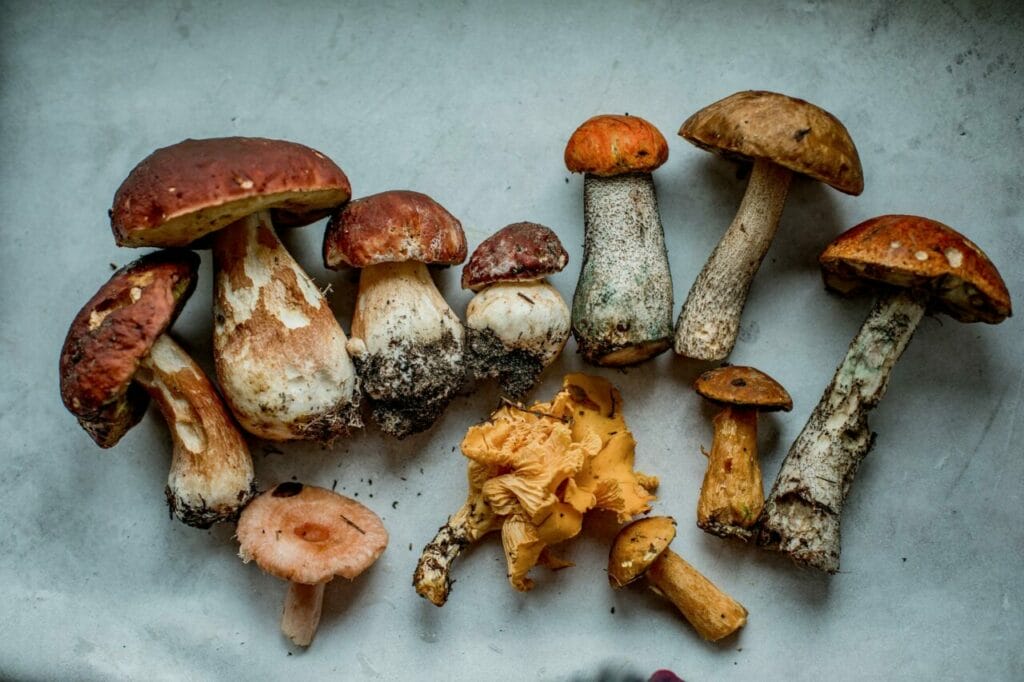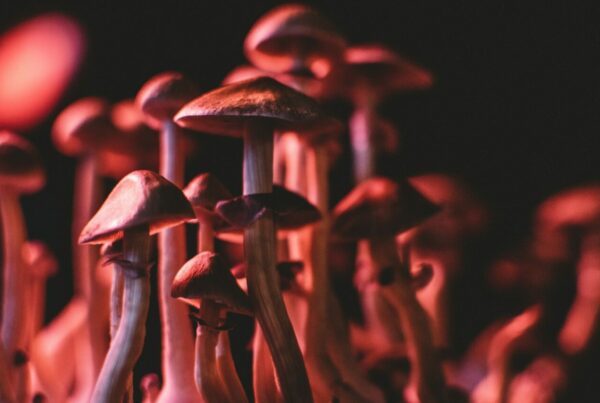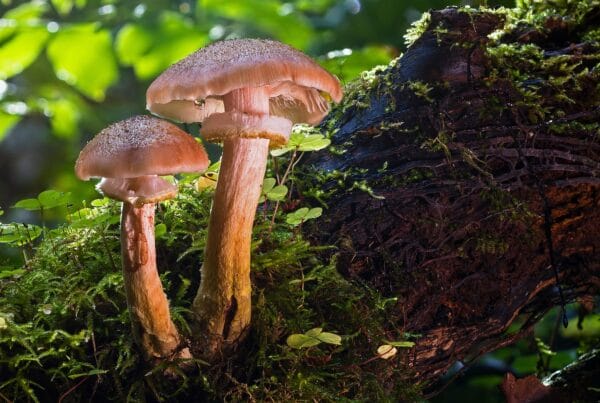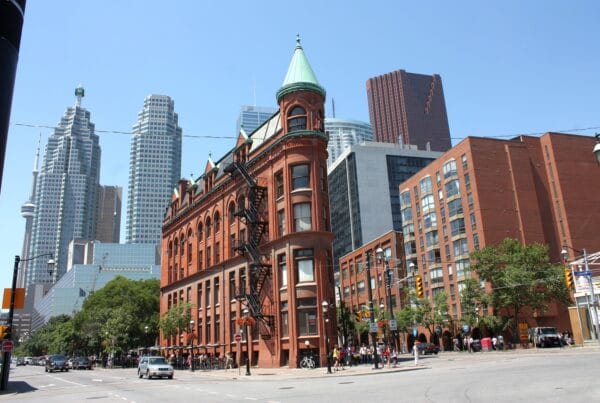Conventional anxiety treatments typically involve medication and therapeutic methods. However, individual differences and potential side effects mean these approaches might not work for everyone. This has sparked a growing interest in alternative remedies like psychedelic therapy, which employs substances like “magic mushrooms Montreal” among others.
We are your premier destination for purchasing psychedelics online in Canada. We guarantee quick, secure, and confidential services.
[toc]Key Highlights:
- Psychedelic therapy combines the curative properties of psychedelic substances with traditional talk therapy to bolster the healing journey.
- Psychedelic therapy can improve emotional health and overall quality of life by facilitating spiritual experiences.
- The integration process is a vital aspect of psychedelic therapy that ensures the enduring effectiveness of the therapeutic session.

Anxiety Disorder Trends in Canada
The 2022 Mental Health and Access to Care Survey reveals an alarming rise in the prevalence of anxiety disorders in Canada. The survey found that the proportion of Canadians aged 15 and above diagnosed with generalized anxiety disorder in the year prior to the survey grew from 2.6% in 2012 to 5.2% in 2022.
Contrasting Traditional Treatment and Psychedelic Therapy
Standard treatments for anxiety disorders often combine psychotherapy and medication. Psychotherapy, also referred to as psychological counselling, involves a collaborative process between a therapist and the patient to mitigate anxiety symptoms.
On the other hand, anxiety medications manage symptoms by tailoring the treatment to the specific anxiety disorder and considering any concurrent mental or physical health issues. Although treatments can vary based on individual factors, psychotherapy and medication constitute the main strategies.
In psychedelic therapy, sessions are unique because they include one or two doses of a psychedelic substance, alongside other therapeutic
Methods:
Psychedelic Therapy Explored
Psychedelic therapy is a therapeutic approach that taps into the powers of psychedelic substances to enhance healing. Renowned for their hallucinogenic properties, these substances have been integral to holistic medicine and spiritual rituals across diverse cultures for thousands of years.
The two most commonly used substances in this therapy are Lysergic acid diethylamide (LSD) and psilocybin. LSD induces changes in mood, perception, and consciousness. Psilocybin, as mentioned on the Health Canada website, is the active ingredient in magic mushrooms. Consuming these mushrooms can trigger sensory experiences, including visual, auditory, or tactile hallucinations.
Dosage Plan for Three Sessions
In psychedelic therapy, experts assess patients to determine the appropriate dosage of psilocybin for their sessions. Dosage varies, with some patients beginning with moderate amounts, while others can handle larger doses of the substance. The treatment plan usually includes one to three medication sessions, each lasting six to eight hours and spaced several weeks apart. This contrasts with traditional medications that require daily intake until further advised by a healthcare provider.
Spiritual and Transformational Experience
Unlike anxiety medications, which manage symptoms, therapy aims to address the root causes of the condition. Psychedelic therapy doesn’t merely provide symptom relief; it can profoundly impact emotional health and life quality.
The immersive encounters can result in profound insights, heightened self-awareness, and improved emotional processing. These outcomes can stimulate personal growth, inspire positive behavior changes, and enhance overall mental well-being.
Outcomes
| Expanded Consciousness | Altered states of consciousness offer a renewed view of the world. | Typical results of this heightened perception include: Deep insightsEpiphaniesEnhanced comprehension of oneself and one’s surroundings |
| Emotional Healing | Enables emotional healing by offering the chance to face and process unresolved trauma, grief, or emotional pain. | This process assists in:Uncovering deeply suppressed emotionsReleasing emotional blockagesFostering emotional wellness |
| Increased Self-Awareness | Enhances connectivity among sensory brain regions while reducing connectivity within the default mode network. This network integrates brain regions that are linked, dealing with egocentric thinking and the personal perception of oneself.” | These regions aim to: Modify negative thought patterns, beliefs, and routine behaviours. Empower users to gain profound insights into their real selves, motivations, and interpersonal interactions. |
Somatic Therapy
Somatic therapy, while not commonly linked with psychedelic therapy, is receiving recognition for its potential benefits. This body-centered approach examines the bond between the mind and body. It’s based on the belief that past traumas can result in sensations being trapped in the body. Somatic therapists help individuals in identifying these bodily sensations and use therapeutic methods to alleviate this stress.
Integration
This provides an environment for clients to attain clarity, gain insight, and extract wisdom from their psychedelic experiences. The transformative process occurs during integration sessions with the therapist and the client’s proactive steps outside of psychedelic explorations. Integration enhances the transformative impact of psychedelics by actively engaging with surfaced insights and emotional revelations.
Types of Integration
- Journaling. By documenting experiences, individuals can solidify memories for easier future recollection. It also enables clients to examine their experiences from various perspectives to discover different interpretations, meanings, and connections.
- Art. This provides an effective way to encapsulate a psychedelic journey’s complex emotions and feelings in a creative and visually expressive medium.
- Practicing Nature-based Approaches. These can be as simple as taking mindful walks in the forest or finding tranquility next to a calm body of water. Therapists can assist clients in recognizing the intricate patterns within nature or suggest using natural elements like plants, stones, water, and candles as grounding tools.
- Engaging in Integration Groups. Group sessions with individuals having similar experiences provide a substantial opportunity for reflection, support, and connection. The ability of psychedelic therapy to spark a sense of interdependence and shared understanding beyond individual boundaries is at its foundation.
The Role of These Techniques in Anxiety Treatment
The underlying pharmacological principle behind all psychedelics is their ability to act as agonists, or triggers, of serotonin (5-HT) 2A
The study of psychedelics is primarily focused on understanding their effects on the brain’s default mode network. This network is closely related to persistent thoughts and is often associated with conditions like depression and anxiety disorders. Treatment with psychedelics can dramatically reduce anxiety levels, with effects lasting up to 12 months after treatment.
After a psilocybin session, which typically includes profound spiritual experiences, the patient engages in a conversation with their therapist. During these therapeutic discussions, trained healthcare professionals strive to listen attentively to the patient. They also employ specific strategies and techniques to enhance the positive outcomes of the treatment.
These methods work together to help anxiety sufferers achieve long-lasting relief in fewer sessions than traditional treatments.
Change Your World, One Session at a Time
Many people rely on conventional anxiety treatments, but not everyone finds them effective or satisfactory. Psychedelic therapy provides an alternative, using distinctive methods that can trigger transformative experiences. These techniques work in harmony to yield deep, lasting outcomes—sometimes lasting up to a year after only one to three sessions.
In addition to improving mental health, this therapy could also offer significant cost savings for patients. Ready to discover a new path to well-being? Explore the potential of psychedelic therapy with Shrooms For Sale Canada.
Common Questions
Is a particular type of magic mushroom used for psychedelic therapy?
Research studies on psychedelic-assisted therapy often fail to specify the type of mushroom used. However, Psilocybe cubensis is usually the preferred option.
Online magic mushroom dispensaries offer a variety of strains to cater to different tastes. You have the freedom to choose any strain to experience the therapeutic benefits of psychedelics. Nonetheless, be cautious and choose a reputable vendor to avoid obtaining unsafe magic mushrooms from dubious sources.
How long does a psychedelic therapy session take?
The duration of psychedelic therapy varies as it involves several stages. A session where the psychedelic is consumed lasts between 4 to 8 hours. The entire therapy process, which includes preparation, the session itself, and follow-up discussions, can span from a few weeks to several months.
As for long-lasting effects, individuals often report improvements in their mental health lasting for several months, or even up to a year after the therapy.
Several sessions are incorporated within the span of a year.
Does a therapist guide the patient on a spiritual journey?
During this stage, trained professionals like therapists or other staff members might accompany the patient. It’s been found through research that Spiritual Health Practitioners (SHPs) offer unique and beneficial contributions to improve the participants’ wellbeing and support their progress on a spiritual journey. Some people prefer to seek help from an SHP, while others rely on the therapist or specialist available.
Does the “set and setting” play a role in psychedelic therapy?
Indeed, the individual’s mindset (set) and the surrounding environment (setting) are vital in safely conducting spiritual experiences during a psychedelic therapy session. The person’s mental state influences their spiritual journey, impacting the experience before and during the psychedelic session. The depth and direction of the experience are guided by factors including beliefs, expectations, emotional condition, and intentions.
Primary Reference: Psychedelics as Emerging Treatments for Anxiety Disorders: Opportunities and Challenges in a Budding Field – PMC (nih.gov)
Details about the Authors:
Franklin King, IV, MD. and Rebecca Hammond, M.D.
Related Articles:





